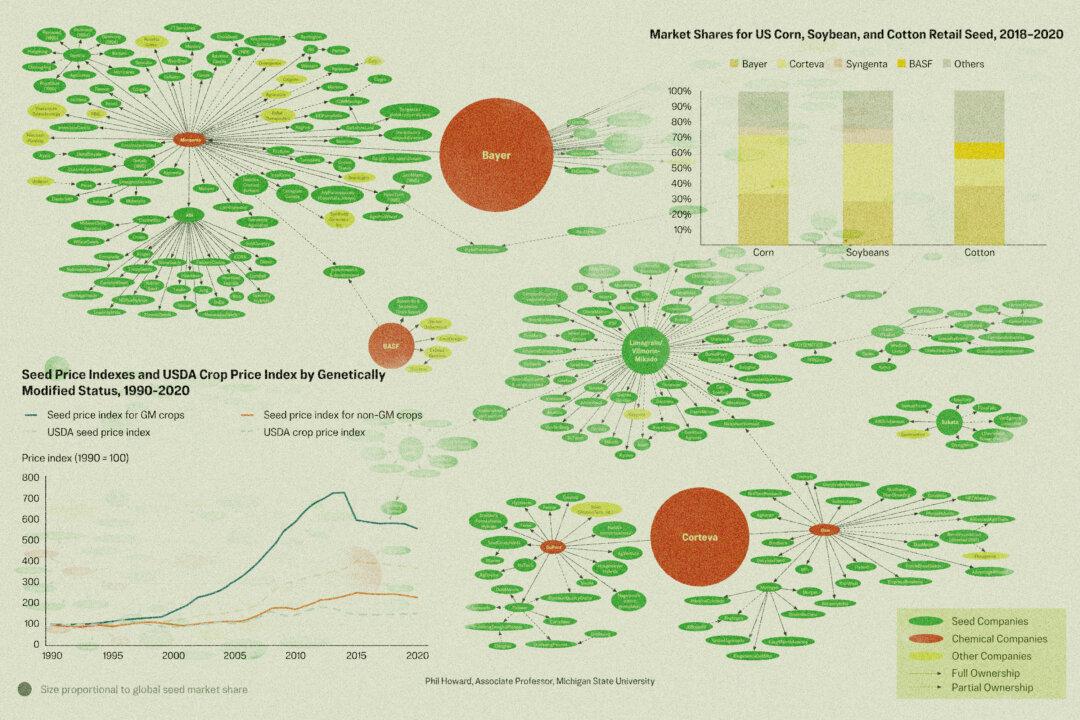SANTA CRUZ, Bolivia—Outside the José Martí International Airport in Havana, a crowd of agitated Cuban residents is waiting to travel to Nicaragua, which has become a regular occurrence because of skyrocketing demand for flights and sporadic cancellations that began last November.
The scene paints a vivid portrait of people willing to do anything to escape the nation’s communist regime. This has now been made easier by Nicaragua, which threw open its doors on Nov. 22, 2021, and dropped visa requirements for Cubans, accelerating a tidal wave of migrants bound for the Central American country and, according to some, ultimately the U.S. southern border.





